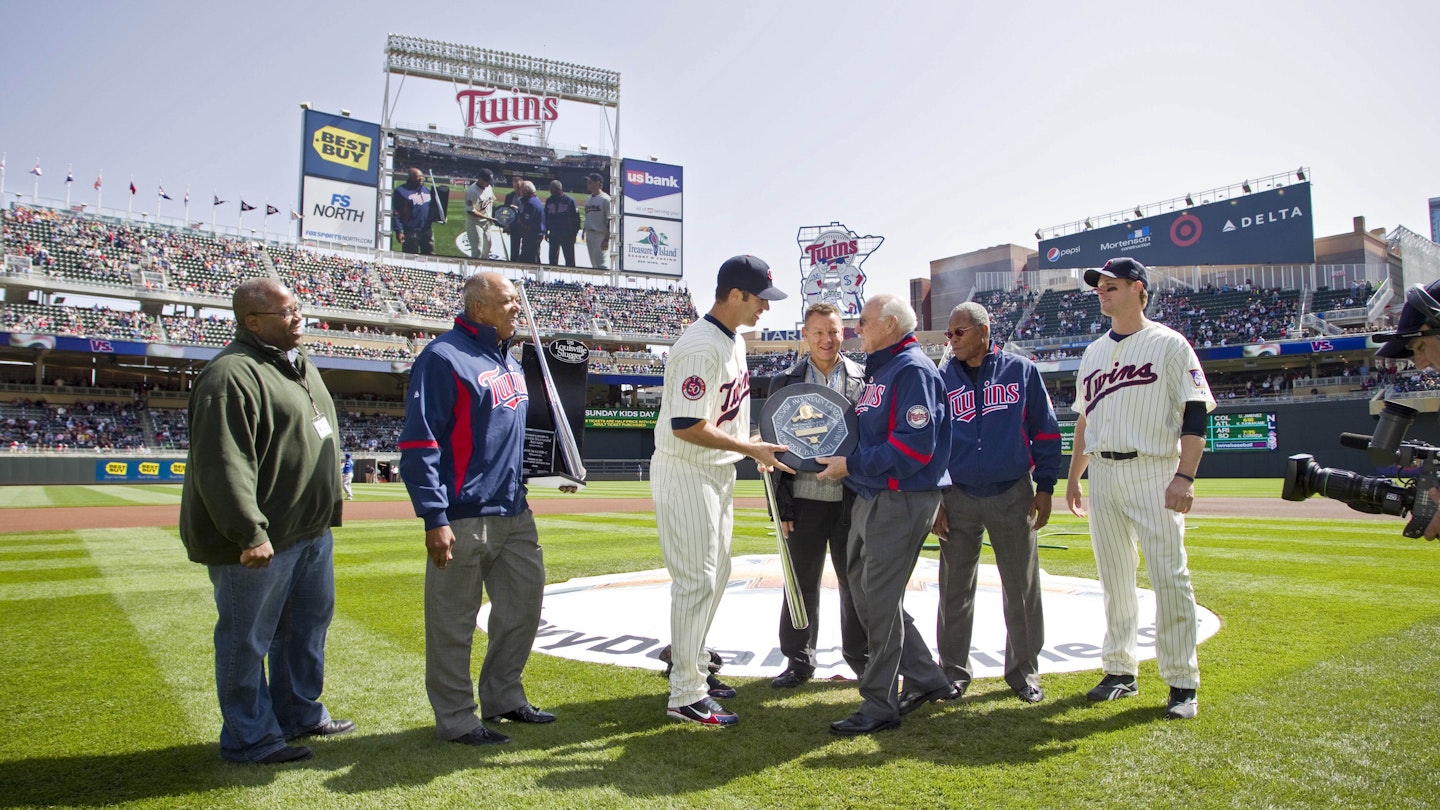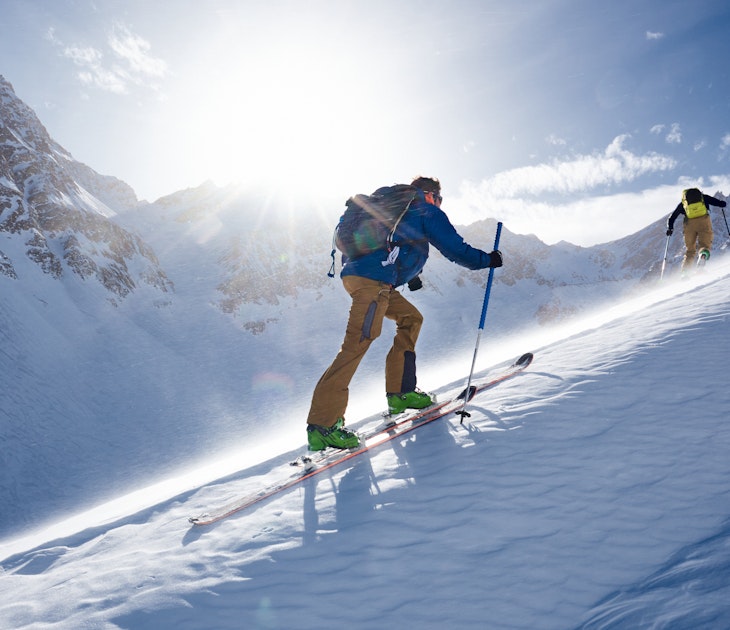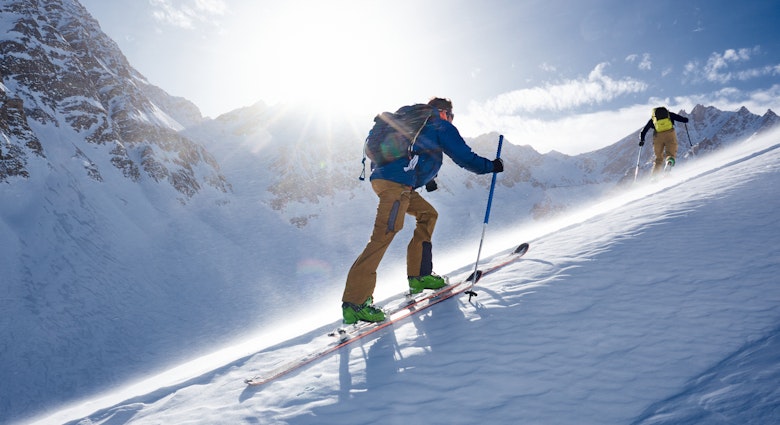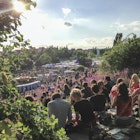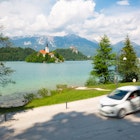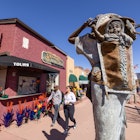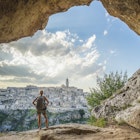Kentucky’s largest city is widely associated with the fruits of bourbon country, but there’s a lot more to Louisville than Wild Turkey, Bulleit, Evan Williams, and their pals. Carrying a metro area population close to 1.3 million people, Louisville regularly plays host to top national conferences and international festivals. But not everyone realizes what a sports-centric city Louisville is, and has been for well over a century.
The other thing Louisville is famous for is the Kentucky Derby, whether you’re in it for the ponies or the hats. But even the ‘most exciting two minutes in sports’ is only one of Louisville’s many major contributions to the sporting world. Derby City is also the home to several professional sports teams, the location of many sports-themed attractions, and the hometown of plenty of athletic icons. If you’re curious what’s below the tip of the iceberg, here are 6 of the must-see attractions for sports enthusiasts who find themselves in the greater Louisville area.
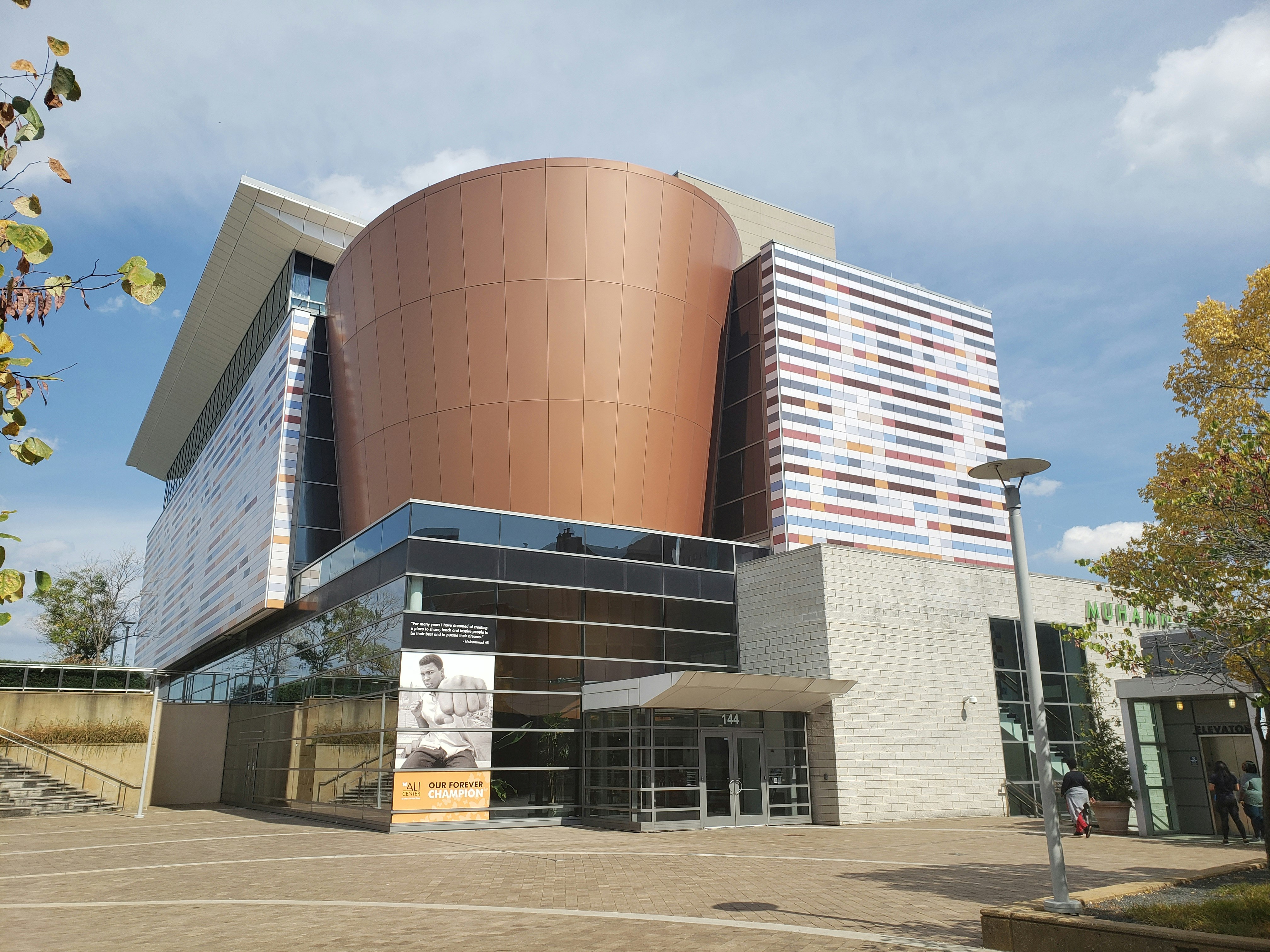
Muhammad Ali Center
One of the most famous athletes of all time, Muhammad Ali, born Cassius Clay, is still renowned by many as ‘the Greatest.’ Before Ali made a huge impact on popular culture as a whole, not just within sports, his story began right here in Louisville. It’s fitting, then, that the Muhammad Ali Center is headquartered within the city's West Main Historic District, nearby attractions like the Frazier History Museum and the Kentucky Science Center.
The 6-story non-profit museum and cultural center opened in 2005 and was expanded after Ali’s death in 2016. It features a mix of memorabilia, specially-produced documentaries, and interactive exhibits. There’s even a mock boxing ring based on Ali's Deer Lake Training Camp and its two art galleries on-site regularly rotate their exhibits. If these exhibits leave you with Ali-fever, head to Muhammad Ali's boyhood home just a few miles away at 3302 Grand Ave to learn even more about the Louisville Lip.

Louisville Slugger Museum & Factory
A museum and factory tour attraction within Louisville's "Museum Row" district, Louisville Slugger baseball bats are indeed made at the Louisville Slugger Museum & Factory. Since the 1880's, Louisville Slugger's bats have been used on the field by many of baseball's greats past and present - including Babe Ruth, Ted Williams, Willie Mays, Hank Aaron, Derek Jeter, Ian Kinsler, Nelson Cruz and Curtis Granderson.
The museum offers a mix of sports history and pop culture exhibits, including recent collaborations with the likes of LEGO, Ripley's Believe It Or Not, the Charles M. Schulz Museum & Research Center, as well as Coca-Cola. One of the notable attractions is its "Feel The Heat" exhibit in which guests can see what it's like to be in front of a 90 MPH fastball pitch.
The museum generously gives complementary mini-bats to its visitors, but it’s worth making sure that whatever your next destination might be does not restrict you from carrying a bat; the Louder Than Life music festival made me ditch my bat in order to gain access.

Louisville Slugger Field
Louisville Slugger Field, which opened in April 2000, is a proper stadium with a listed seating capacity of 13,131. It is home to both the Louisville Bats (the Triple-A affiliate of Major League Baseball's Cincinnati Reds) and the United Soccer League's Louisville City Football Club, and hosts major sporting events like the 2008 Triple-A All-Star Game.
Louisville Slugger Field has also been home to performances by Bob Dylan, John Mellencamp and Willie Nelson, and even held 18,543 people for a 2008 concert by the Dave Matthews Band. Meanwhile, rumor has it that 2020 will be bringing a new soccer stadium for the Louisville City FC, Lynn Family Stadium. If so, this new $65 million stadium will be located just east of downtown Louisville, one of the city’s more higher-profile areas.
Related content: Bite into Louisville’s dynamic food scene
Eight can’t-miss experiences in Kentucky

Churchill Downs
There's no getting around it – Louisville is called Derby city for good reason. Kentucky Derby is the oldest continuously-held major sporting event in the United States, running every year since 1875. Churchill Downs, the center of all that action, is spread out over 190 acres with a 26-acre infield, 47 barns and 1,424 stables found on-site. It was founded by none other than Meriwether Lewis Clark - grandson of famed Lewis and Clark explorer William Clark. Close to a century and a half later, the Downs’ popularity is still going strong. 150,729 people attended the Derby in 2019, while 18 million viewers watched the NBC telecast that year.
Churchill Downs is also home to the Kentucky Derby Museum, which contains 2 floors of family-friendly interactive exhibits. After exploring and learning more about the history of horse racing here, grab a bite at one of the numerous restaurants on site., Churchill Downs is packed with great dining options, including Millionaires Row & Skye Terrace, the Stakes Room, the Roses Lounge, the Aristides Lounge, The Loft at Aristides Lounge, The Courtyard at Downs After Dark, and The Rooftop.
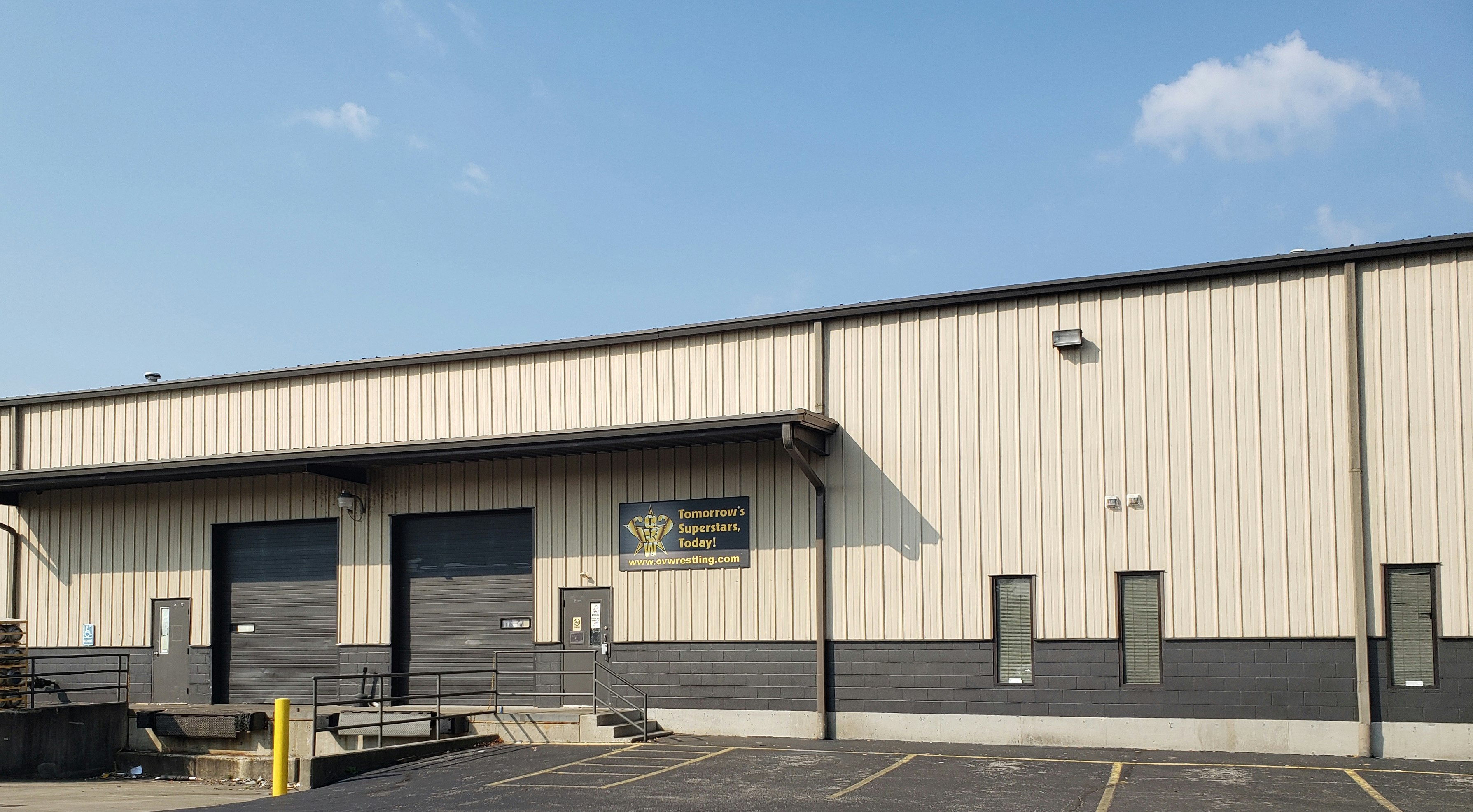
Ohio Valley Wrestling
Ohio Valley Wrestling – or OVW for short – is not only a training school for professional wrestlers, but also the first accredited professional wrestling trade school in the United States. Formerly the official "developmental territory" for the WWE, OVW is where many of professional wrestling's greats from the last few decades learned their craft. This includes the likes of John Cena, Brock Lesnar, Randy Orton, Batista, CM Punk, The Miz, Big Show, Mark Henry and Cody Rhodes.
These days OVW is overseen by owner Al Snow, a former WWF European Champion, Hardcore Champion and Tag Team Champion with over 35 years of professional wrestling experience. OVW broadcasts a weekly television show from the Davis Arena, which can also be streamed on YouTube and through the subscription-based Gladiator Sports Network.
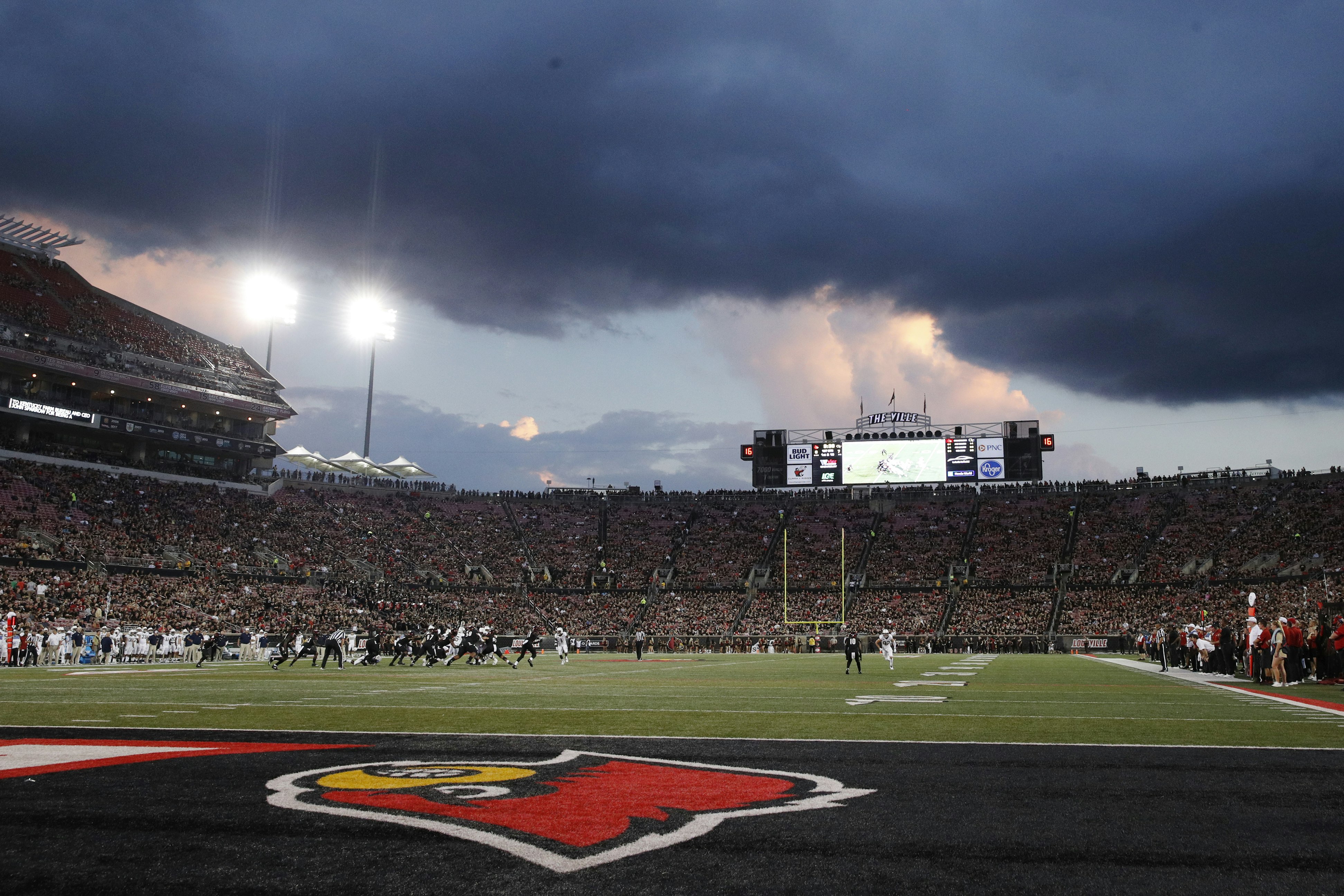
Cardinal Stadium
Opened in 1998 and expanded in 2018, Cardinal Stadium holds 61,000 football fans on the southern end of the University Of Louisville campus. It is considered to be part of "Louisville's Sports Corridor," located within a mile of Jim Patterson Stadium, the Kentucky Exposition Center and the earlier-mentioned Churchill Downs.
Should you be in attendance of a college football game at Cardinal Stadium, there are plenty of traditions to partake in. For starters, train cabooses are used for tailgating outside the stadium's west side. Also, about 30 minutes prior to kick-off, the stadium drops a not-so-subtle hint that it is time for fans to start coming into the stadium by shooting off fireworks and sounding a train horn.
Should the University Of Louisville’s team be on the winning end of the game, expect to see Louisville players walking around the stadium and giving high-fives to fans – offering yet another example of why sports enthusiasts ought to be spending time in Louisville, Kentucky.
